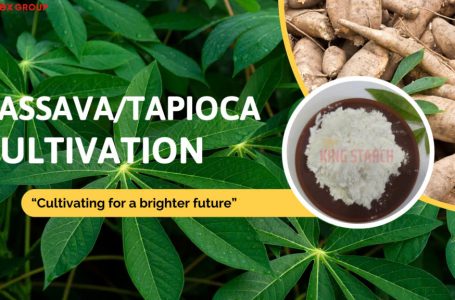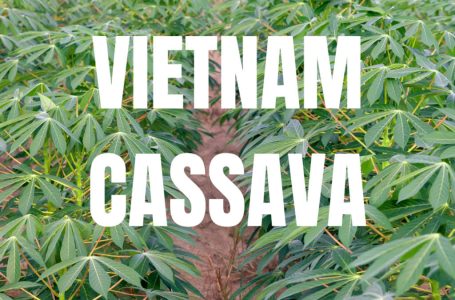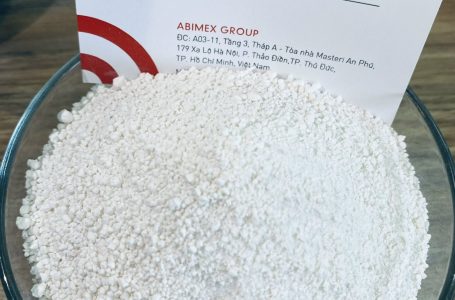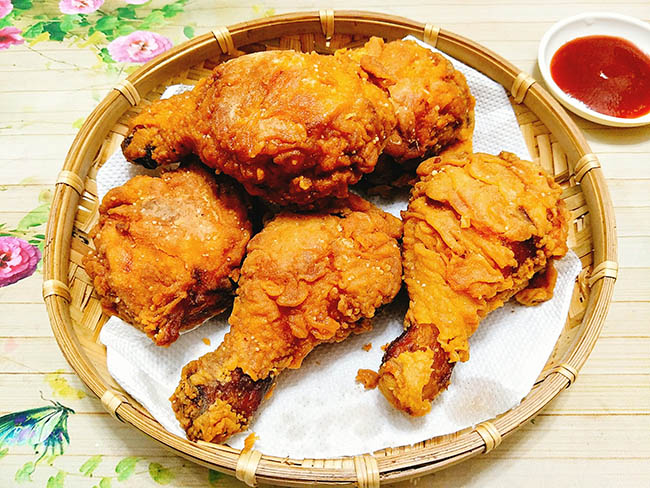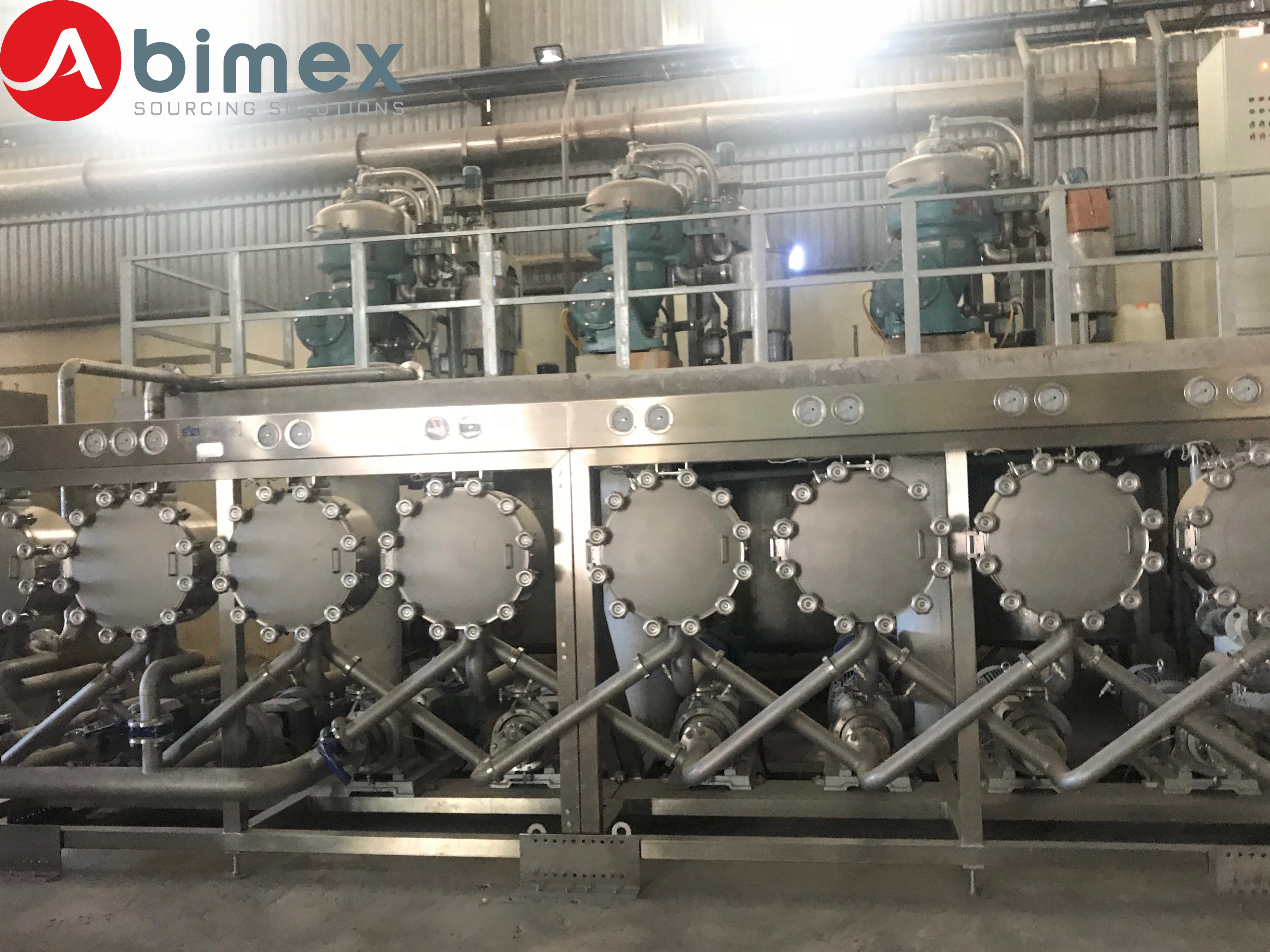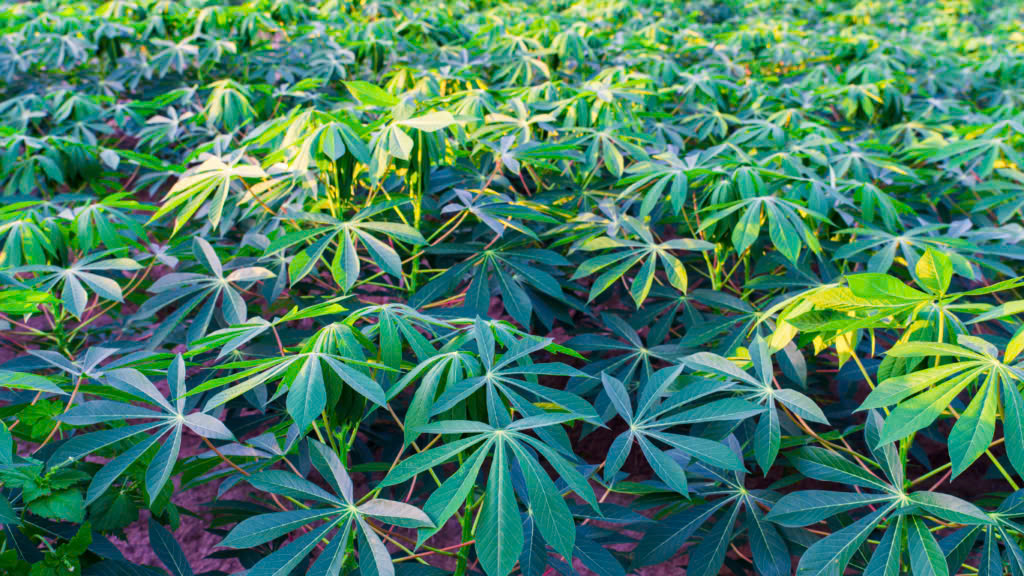
The shift toward a circular economy—a model focused on reducing waste and maximizing resource reuse—is transforming industries globally. Tapioca starch, derived from the renewable cassava plant, is playing a pivotal role in this transition. Its biodegradable nature, versatile applications, and ability to support zero-waste initiatives make it a cornerstone of sustainable innovation.
This article explores the critical role of tapioca starch in circular economies, its diverse applications, and the challenges and opportunities it offers for sustainable growth.
1. What is a Circular Economy?
A circular economy moves away from the traditional “take, make, dispose” model and embraces resource regeneration. Its core
principles include:
- Eliminating waste: Using biodegradable and renewable materials like tapioca starch.
- Prolonging product lifecycles: Focusing on reuse, recycling, and repair.
- Regenerating natural systems: Promoting sustainable farming and reducing reliance on finite resources.
Tapioca starch aligns seamlessly with these principles, offering a sustainable solution for industries seeking eco-friendly alternatives.
2. Tapioca Starch as a Renewable Resource
Cassava, the source of tapioca starch, is an eco-friendly crop with numerous advantages:
- Low Environmental Impact: Cassava uses 40% less water and fertilizers compared to maize or potato crops, reducing its carbon
footprint. - Biodegradable By-Products: Waste from cassava processing, such as peels, can be converted into bioenergy or animal feed.
- Global Versatility: Tapioca starch serves as a sustainable raw material in industries ranging from food to packaging.
For example, Southeast Asia accounts for over 70% of global cassava production, making tapioca starch an economically and
environmentally viable resource for regional industries.
3. Applications of Tapioca Starch in Circular Economies
Tapioca starch is widely used in creating eco-friendly packaging that replaces conventional plastics. Examples include:
- Compostable shopping bags that decompose in months.
- Food containers used in fast-food chains.
- Straws and cutlery catering to single-use applications.
These products contribute to zero-waste initiatives and address the growing global ban on single-use plastics.
b. Bio-Based Adhesives and Coatings
Tapioca starch is used in industries to develop bio-based solutions, such as:
- Paper and cardboard manufacturing: Providing recyclable, strong adhesives.
- Coatings: Offering a biodegradable layer for industrial and consumer products.
Tapioca starch improves food preservation and reduces waste by extending shelf life. Examples include:
- Edible films: Used in packaging fresh produce.
- Thickeners: Found in soups, sauces, and desserts for stability.
d. Energy Efficiency in Production
Tapioca starch enables zero-waste production cycles by utilizing:
- Residual water from starch extraction as a nutrient for irrigation.
- Cassava biomass as a source of bioenergy, reducing dependency on fossil fuels.
4. Benefits of Tapioca Starch in Circular Economies
a. Reducing Plastic Waste
Unlike petroleum-based plastics, tapioca starch-based products naturally decompose, mitigating microplastic pollution.
b. Supporting Local Economies
Cassava farming is a significant source of income for millions of smallholder farmers in tropical regions, fostering economic
sustainability.
c. Driving Innovation
Industries are leveraging tapioca starch to create new, sustainable materials that appeal to eco-conscious consumers.
d. Regulatory Compliance
As governments enforce stricter bans on single-use plastics, businesses can adopt tapioca starch-based solutions to align
with these regulations.
5. Challenges and Solutions
a. Supply Chain Stability
- Challenge: Cassava yields can be inconsistent due to climatic variations.
- Solution: Investing in high-yield cassava varieties and modern farming practices can stabilize supply.
b. Cost Competitiveness
- Challenge: Synthetic materials are often cheaper in the short term.
- Solution: Scaling production and adopting efficient processing technologies can reduce costs.
c. Consumer Awareness
- Challenge: Limited knowledge about tapioca starch’s benefits hampers adoption.
- Solution: Educational campaigns and case studies can highlight successful applications of tapioca starch.
6. Case Studies: Success in Action
Example 1: Thailand’s Packaging Industry
Thailand has adopted tapioca starch for producing biodegradable food packaging, reducing plastic waste in the hospitality sector.
Example 2: Bioenergy from Cassava Waste in Vietnam
In Vietnam, cassava processing plants utilize residual biomass to generate bioenergy, powering local facilities and reducing emissions.
Example 3: Global Food Brands
Several multinational food companies use tapioca starch as a clean-label ingredient, meeting consumer demand for natural and
sustainable products.
7. Conclusion: A Path Toward Sustainability
Tapioca starch exemplifies the potential of circular economies by offering sustainable, renewable, and biodegradable solutions to
industries worldwide. From biodegradable packaging to waste-free production, its versatility addresses global challenges while fostering innovation.
At Abimex Group, we deliver premium-grade tapioca starch to support businesses striving for sustainability. By integrating tapioca
starch into their processes, companies can reduce environmental impact and align with global sustainability trends.
Visit Abimexco.com to explore how tapioca starch can drive your business’s sustainable future.



